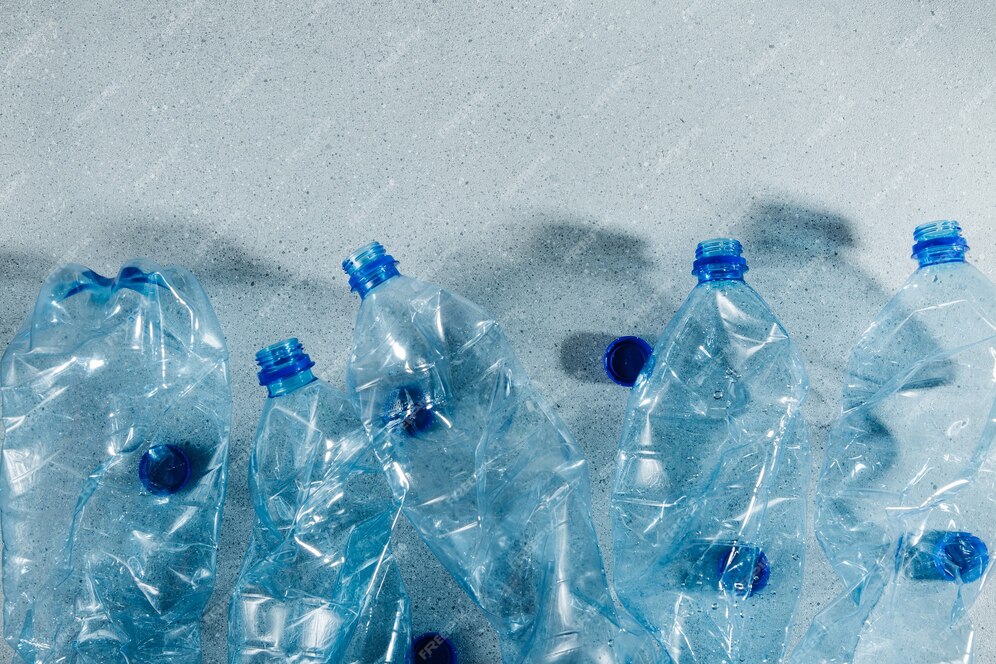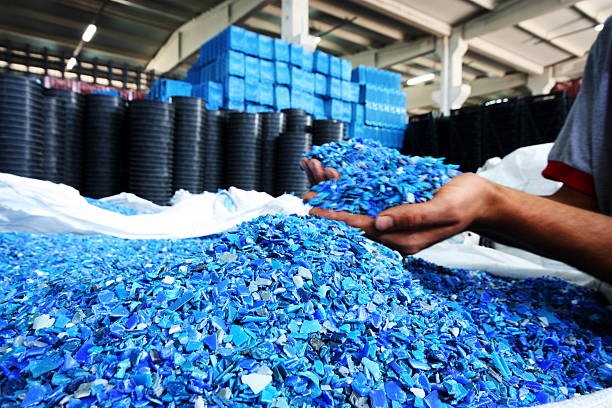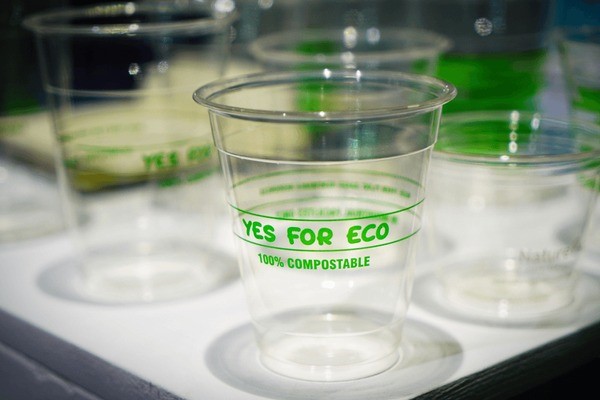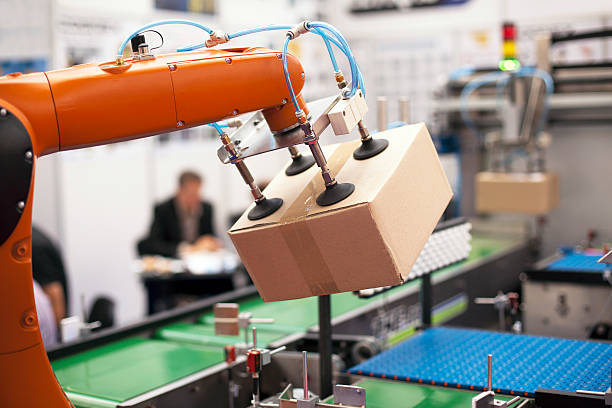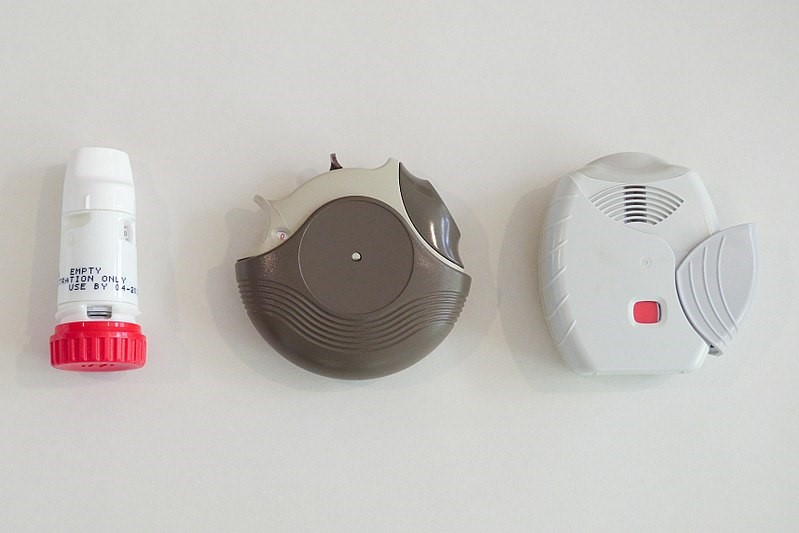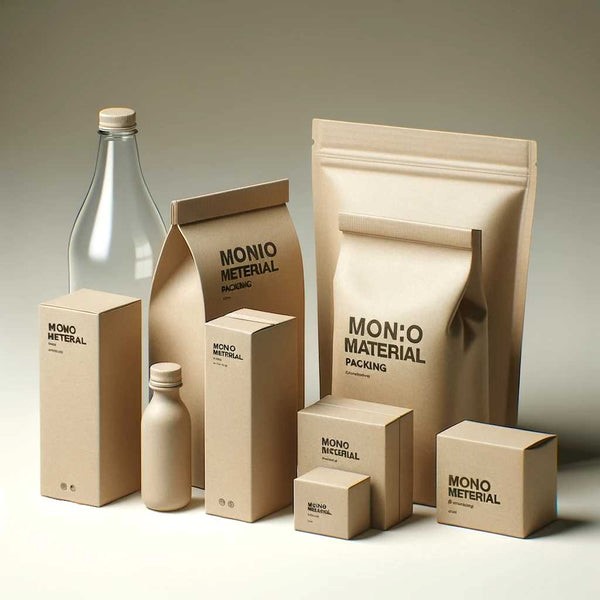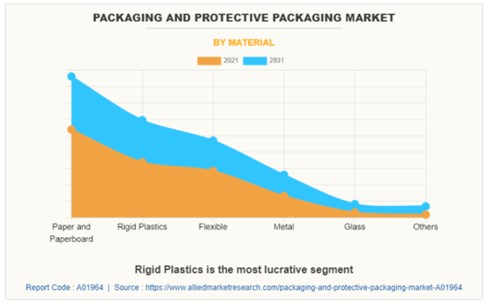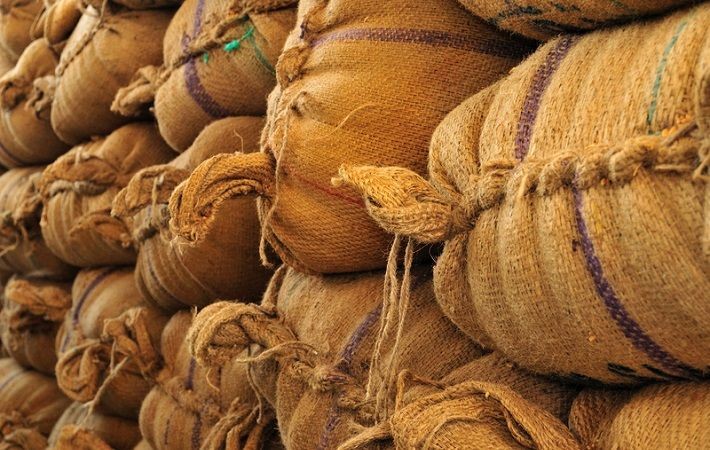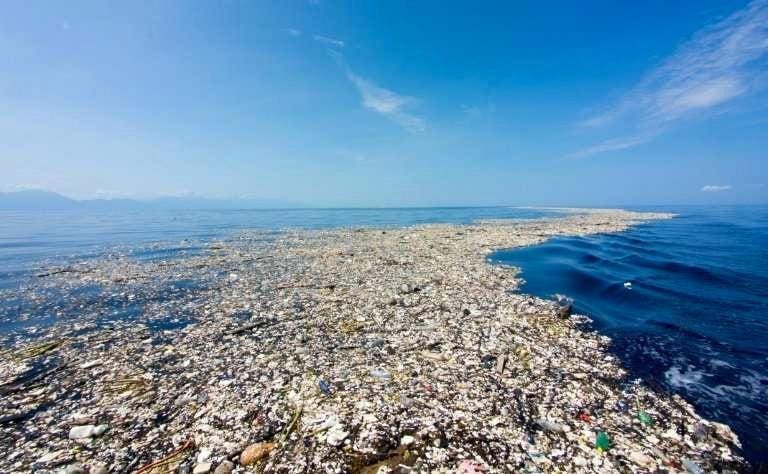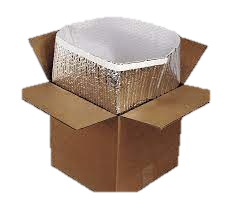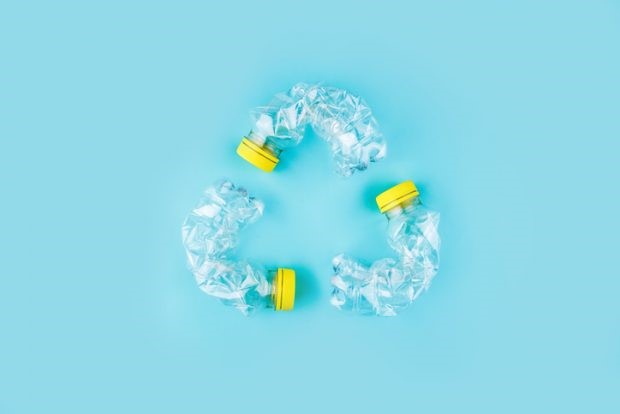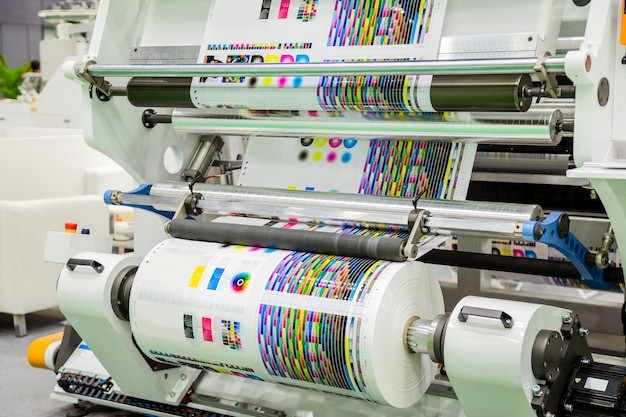Downgauging: a sustainable shift
Downgauging, the process of reducing the thickness of packaging materials while maintaining or even enhancing performance, is garnering attention from stakeholders as companies strive to minimize their environmental footprint without compromising on quality. In this blog post, we'll delve into the benefits of downgauging and discuss strategies for achieving it effectively.
At its core, downgauging is about doing more with less. Traditionally, packaging materials were designed with a significant emphasis on thickness to ensure durability and protection. However, this often resulted in excessive use of resources and generated more waste. Downgauging flips this paradigm by optimizing material usage without sacrificing functionality.
The Benefits of Downgauging
1. Resource Conservation: By reducing the amount of material used in packaging, downgauging helps conserve valuable natural resources such as water, energy, and raw materials.
2. Waste Reduction: Thinner packaging means less material ending up in landfills or oceans, reducing overall waste generation and environmental pollution.
3. Cost Savings: Using less material translates to lower production costs, which can lead to significant savings for manufacturers in the long run.
4. Carbon Footprint Reduction: With lighter packaging, transportation becomes more efficient, resulting in fewer greenhouse gas emissions throughout the supply chain.
Strategies
1. Material Innovation: One of the key enablers of downgauging is the development of advanced materials that offer the same or better performance with less thickness. Manufacturers are investing in research and development to create lightweight yet sturdy materials suitable for various packaging applications.
2. Engineering Design: Optimizing the design of packaging structures can significantly impact downgauging efforts. Techniques such as structural analysis, finite element modeling, and computer-aided design (CAD) allow engineers to create packaging solutions that are both lightweight and robust.
3. Process Optimization: Fine-tuning manufacturing processes can help maximize the efficiency of material usage. Technologies like extrusion coating, blow molding, and thermoforming can be optimized to produce thinner packaging films without compromising integrity.
4. Collaboration Across the Supply Chain: Downgauging requires close collaboration among stakeholders, including raw material suppliers, packaging manufacturers, brand owners, and retailers. By working together and sharing best practices, companies can drive collective progress towards more sustainable packaging solutions.
Case Study
Coca-Cola:
In recent years, By optimizing bottle design and leveraging advanced manufacturing techniques, the company has reduced the weight of its PET bottles by up to 25%, resulting in substantial material savings and environmental benefits.
The widespread adoption of this process requires continued innovation, collaboration, and commitment from industry stakeholders.
Let's downgauge for a brighter tomorrow.
